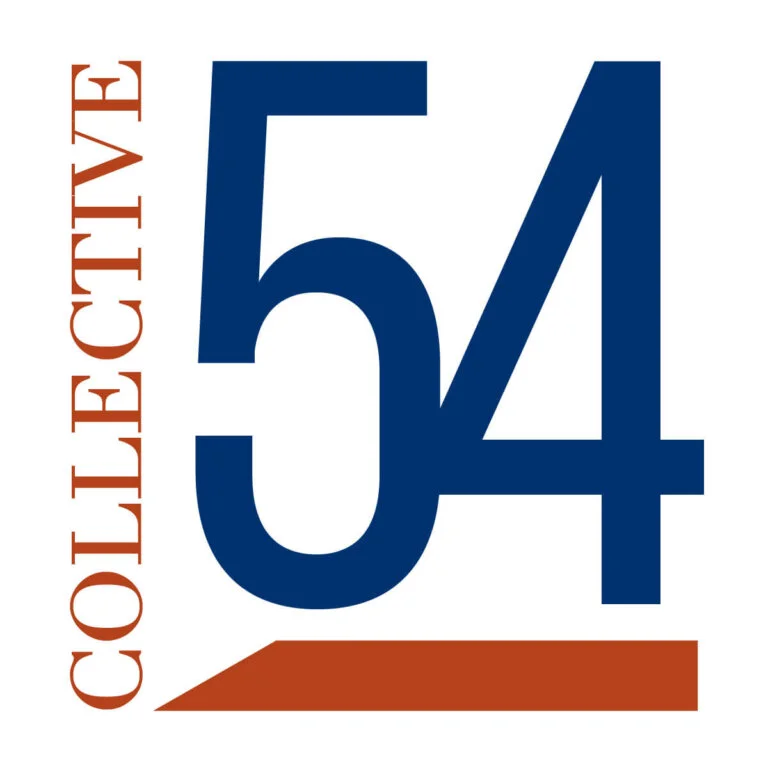Episode 144 – Revenue Mix: Balancing Staff Augmentation, Advisory, and Managed Services to Drive Margins – Member Case by Ryan Buell
Boutique service firms often confuse staff augmentation work with advisory work and with managed services work. These are three different types of services that are marketed, sold, and delivered differently. Each has its own margin profile. Balancing the mix of these three correctly can be the difference between running a firm with good margins or a firm with poor margins. Attend this session and get clear on how to manage the revenue mix.


